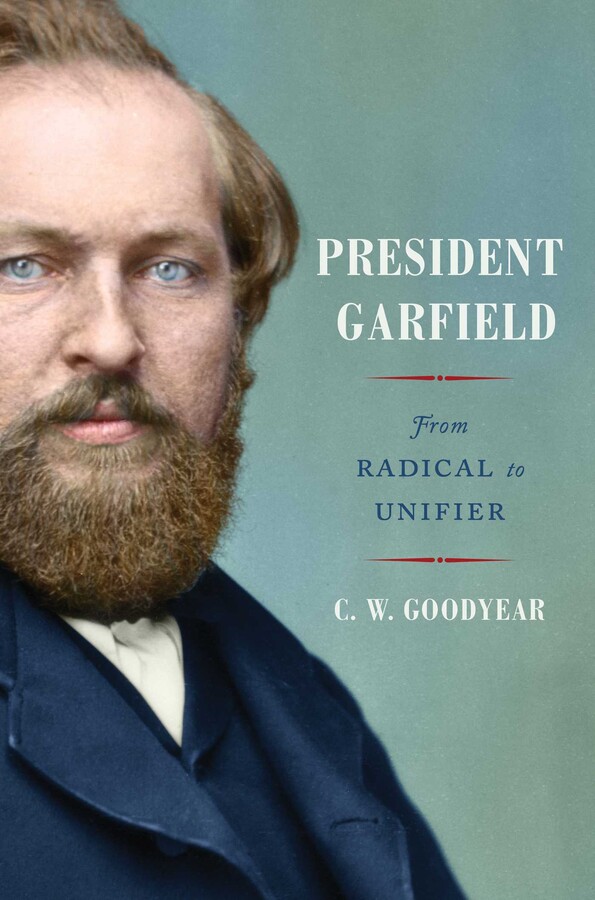When the civil war broke out, he sought a commission despite having no military experience. Although he craved high rank, Garfield reluctantly accepted a commission as a Lieutenant Colonel, commanding Ohio’s 42nd Infantry Regiment. Most politicians turned Union officers were dangerous duds. But unlike the typical politician, Garfield was a genius, probably rivaled in sheer intellect only by Thomas Jefferson and John Quincy Adams among our Presidents. He rapidly distinguished himself, drawing up the battle plan for General Don Carlos Buell’s invasion of Tennessee. He then beat the rebels at the Battle of Middle Creek. Despite the relative modesty of the victory, he was lauded across the nation for winning when the Union’s fortunes were at a low ebb.
Promoted to brigadier general at the age of 31, Garfield then quickly cashed in on his popularity by getting elected to Congress. One reason for his leaving the army was undoubtedly ambition. He surely sensed that he could not easily gain higher command given his lack of military education, and he may have recognized his limitations. But another reason was more foresighted and less personal: even in 1862, he wrote that the problems of the war would pale in comparison to the problems the nation would face after peace. He recognized that political, not military, struggles would ultimately determine whether and how society could be put back together.
Reconstruction Politics
Garfield began as a radical Republican. Even if not as personally hostile to Andrew Johnson as some other radicals, he joined in the fight to have a reconstruction that would truly emancipate the former slaves, passing legislation to suppress the Black Codes that many states enacted to try to put them back into a state of peonage. But the most interesting story in the entire biography is that over his eighteen years as Congressman, Garfield became less radical, instead joining the more “liberal” and reformist Republicans who took a less hard line toward the former Confederate states.
As with most politicians, his motives for the change were mixed. One was undoubtedly political. The harder-edged reconstruction was becoming a vote-loser, not only among Southern whites, but among Northern whites who were not eager to pay for the continued military occupation of the South. But Garfield also became concerned about the risk to civil liberties of some of the laws suggested by the most radical of his colleagues. For instance, he helped argue the famous case of Ex Parte Milligan that held it was unconstitutional to try civilians by military courts if civilian courts were available. Finally, he believed there were other pressing issues, and forging the consensus to address them militated against very divisive Reconstruction policies. Becoming chair of the powerful Ways and Means Committee, he focused on preserving the gold standard against growing populist attacks. He supported civil service reform against the Republican Stalwarts who wanted to continue to use patronage as a source of political power.
